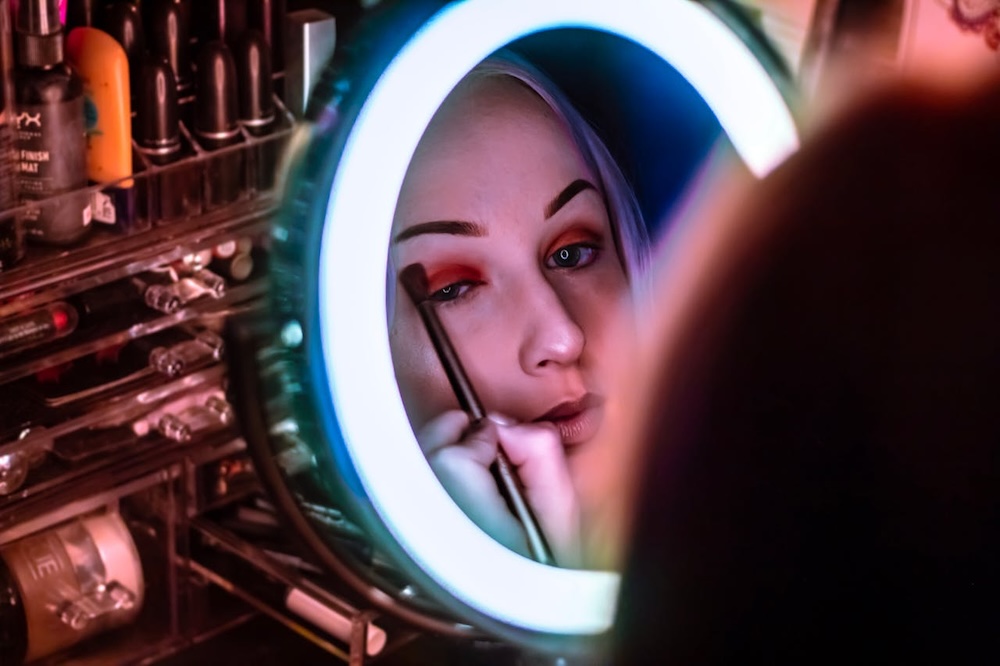When your makeup is done well, it not only makes you look good but also boosts your confidence and mood. However, if your makeup isn’t quite right, it can be frustrating and affect how you feel about yourself. One of the trickiest makeup products to get right is blush. The right blush can brighten your face and make you feel great all day. The wrong blush shade can make your skin look off or too made up.
Blush is a key part of any makeup routine. It adds a natural glow and a touch of color, making you look more vibrant. There are different colors that work with different skin tones so this is the first step in choosing the right blush. In this article, we will go over several ways to choose the right blush based on your skin tone.
Understand your skin tone
Understanding your skin tone is the first step in picking the right blush. Your skin tone is the color of your skin, while your undertone is the subtle color beneath the surface. There are three types of undertones: cool, warm, and neutral.
Cool undertones have hints of blue, pink, or red. If you have cool undertones, silver jewelry looks best on you, and your veins appear blue.
Warm undertones have hints of yellow, peach, or golden. If you have warm undertones, gold jewelry suits you better, and your veins look green.
Neutral undertones are a mix of cool and warm tones. If you have neutral undertones, both gold and silver jewelry look good on you, and your veins may appear both blue and green. Your skin won’t show a strong rosy or golden hue but a mix of both.
When analyzing your skin tone for the perfect blush shade, it’s important to consider products that not only enhance but also properly cleanse your skin. For an effective makeup remover, check out our Strip Makeup Review.
To find your skin tone and undertone, you can use a few simple tests. The vein test involves looking at the veins on your wrist. If they appear blue, you have cool undertones. If they look green, you have warm undertones. If you can’t decide, you might have neutral undertones.
The jewelry test is another easy method. Try on silver and gold jewelry. If silver looks best on you, you have cool undertones. If gold looks better, you have warm undertones. If both look good, you have neutral undertones.
Blush for fair skin
Soft pinks, peaches, and light corals are ideal for fair skin tones. These shades add a gentle flush without overpowering your complexion.
When applying blush, start with a light hand. It’s easier to build up color than to tone it down if you’ve applied too much. Use a fluffy brush to apply the blush to the apples of your cheeks, then blend it upwards towards your temples.
Blush for light skin
For light skin, the best blush shades are pink, peach, and light mauve. These colors give you a natural glow without being too strong.
To get a natural look, start with a small amount of blush. It’s easier to add more if needed than to take off too much. Use a soft brush to put the blush on the apples of your cheeks. Smile to find the right spot, then gently sweep the color upwards along your cheekbones.
Blush for dark skin
For dark skin, the best blush shades are bright tangerine, bold pink, and warm berry. These colors stand out beautifully and enhance your natural depth.
To make these colors pop, start with a well-moisturized face. This helps the blush blend smoothly and stay vibrant. Use a dense brush to apply the blush to the apples of your cheeks, then blend upwards towards your temples.
Seasonal considerations
Seasonal changes can affect your skin tone, influencing how your blush looks and which shades work best throughout the year. It’s a good idea to change your routine with the season.
In summer, your skin might get darker from the sun. During this time, richer and brighter blush colors like deep corals, bold pinks, and bright tangerines look great on tanned skin.
In winter, your skin can become lighter and paler due to less sun and colder weather. Softer blush shades like soft pinks, peaches, and light mauves are better for adding a healthy glow to your complexion, which can often look duller in winter.
Spring and fall are in-between seasons. In spring, as your skin recovers from winter, fresh and vibrant shades like rosy pinks and peaches can brighten your look. In fall, as it gets cooler, slightly deeper tones like warm berries and rich mauves match the season’s colors.

